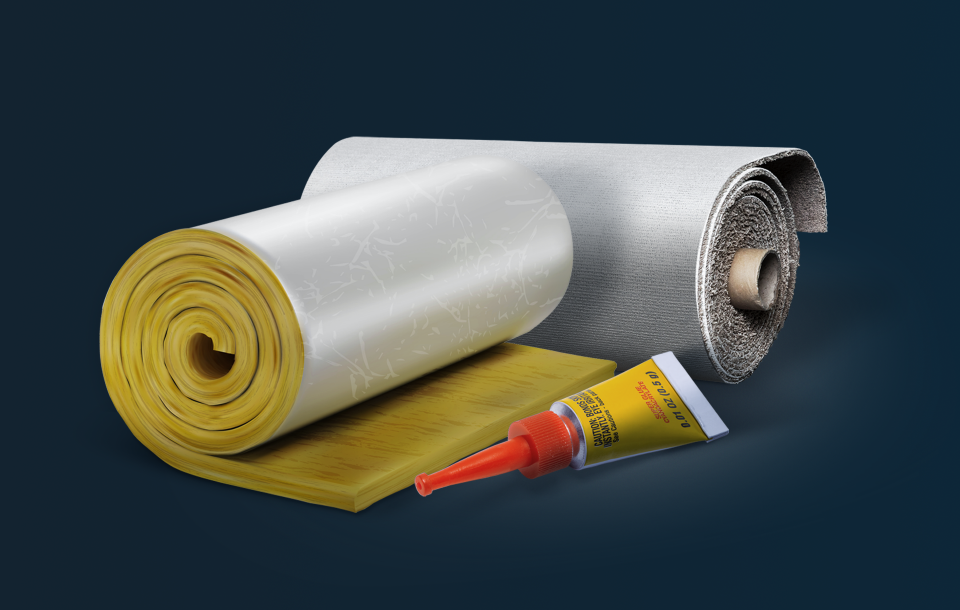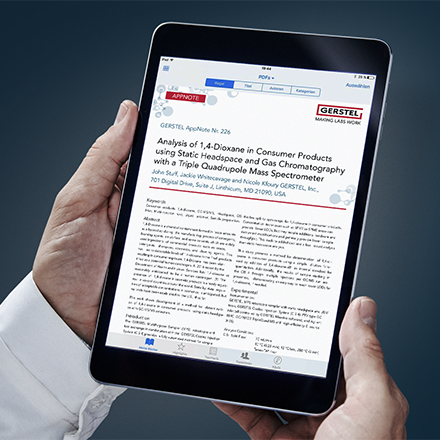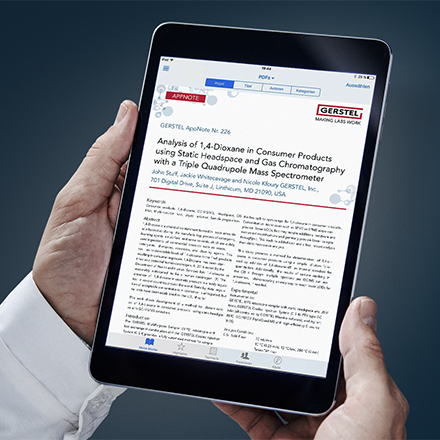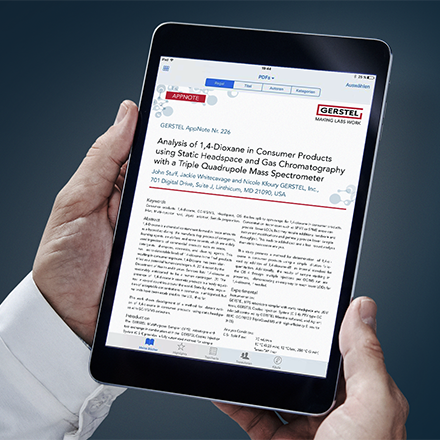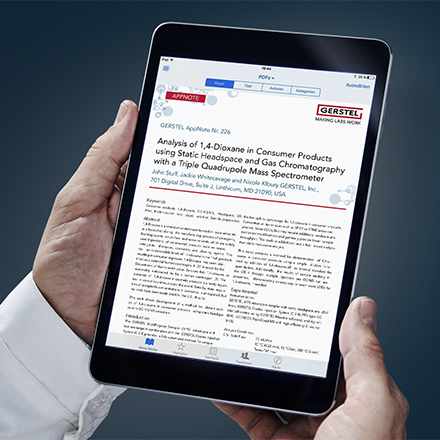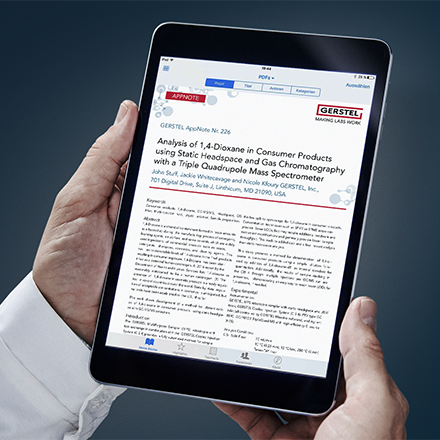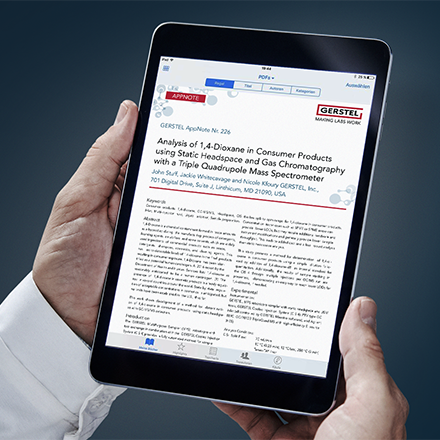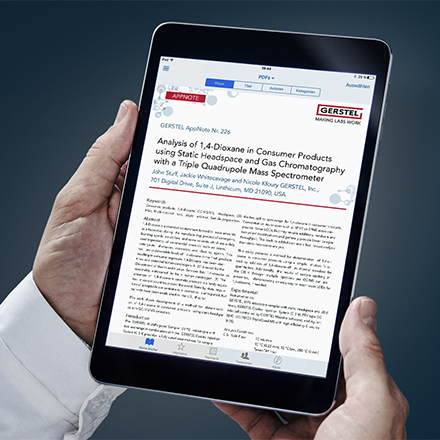The industrially manufactured materials surrounding us today may pose a potential health risk. They may exude substances that are absorbed via the skin or inhaled. These include plasticizers from plastics, solvents from paints and glues, flame retardants from electrical appliances or fungicides from construction materials.
To minimize risks, there are statutory threshold values for material emissions.
The evaluation of the air quality with regard to material emissions in indoor areas, vehicles or at workplaces with regard to volatile or semi-volatile organic chemicals is mostly performed for health and safety reasons. As the air quality of indoor areas depends on the emissions of the objects within them and the construction materials used, in addition to the air itself, emissions from objects present in the space such as furniture, paints, carpets etc. are measured to evaluate potential air quality problems.
GERSTEL thermal desorption systems transfer the analytes from air samples collected on sorbent tubes to the gas chromatography (GC) analysis. These air samples could be taken either directly in the interior of the area or from a component test chamber. Alternatively, or additionally, construction materials could be checked by means of thermal extraction for potential emissions with the same thermal desorption systems.
After dinitrophenylhydrazine DNPH derivatization, it is possible to completely automate the process for aldehyde and ketones from air samples with the GERSTEL MultipurposeSampler (MPS). This enables the entire process of the elution of the analytes and subsequent injection of the eluate into a high-performance liquid chromatography (HPLC) system to be controlled in a simple manner. The automation of the elution of these cartridges results in a significant improvement of accuracy and reproducibility.
